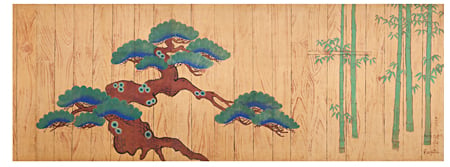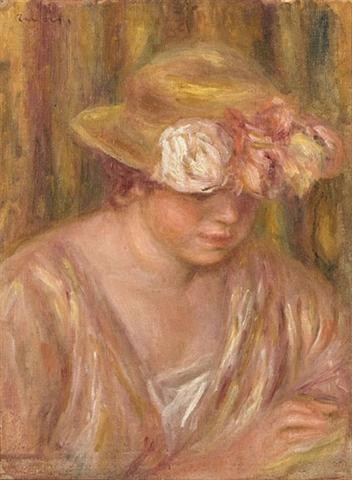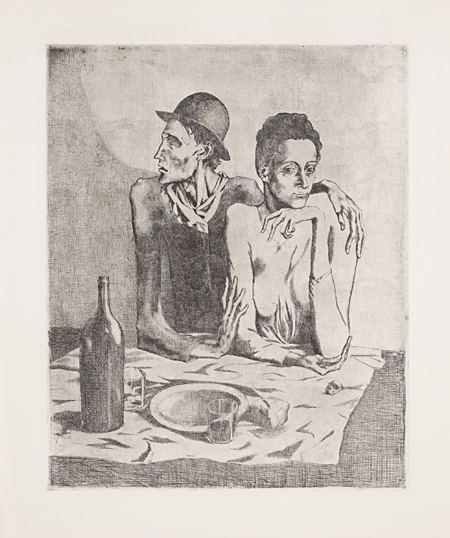Auctions
An Interview with Shigehisa Kubota, Director of Ise Art Co., Ltd.
The director discusses the work of the Japanese auction house.

The director discusses the work of the Japanese auction house.

Amanda Lampard

Name: Shigehisa Kubota
Title: Director
Auction House Name: Ise Art Co. Ltd.
Auction House Address: 3F, Shinbashi Minato-Ku, 105-0004 Tokyo, Japan
Amanda Lampard: What does your auction house specialize in?
Shigehisa Kubota: Japanese Art (Modern paintings) and Japanese Antique Art.

Foujita Tsuguharu, An old pine tree and bamboo (set of 7 works), 1923, oil on canvas, sold at Ise Art Co. Ltd., Tokyo, Japan
AL: Where do you see your auction house going in the next few years?
SK: We see ourselves making more effort to both consign and sell Impressionist Art. We also hope to become a globally known auction house that caters to buyers all over the world
AL: What is the highest selling lot you’ve ever had?
SK: Pierre-Auguste Renoir (French, 1841–1919), Femme en chapeau.

Pierre-Auguste Renoir, Femme en chapeau, oil on canvas, sold at Ise Art Co. Ltd., Tokyo, Japan
AL: What was your proudest consignment in the last year?
SK: Damien Hirst (British, b.1965), With Dead Head (1991)
AL: How do you select most of your consignments? Are you reaching out to clients? Or are they coming to you?
SK: I try to reach out to the clients when I consign because I may encounter other art works that I want to consign.
AL: Have you noticed a trend in the origin of buyers and sellers?
SK: Compared to the West, Japanese collectors have only recently begun thinking of art as an asset. This has become especially common among young collectors who have started to purchase and consign art more actively.
AL: Where is the next likely hot spot for art?
SK: Thailand. The Contemporary Art scene there is hot right now.
AL: Has the Internet dramatically changed the dynamic of your business?
SK: Yes, it has made it easier to connect with art collectors around the world.
AL: Has the growth of the Chinese Art market impacted your business yet?
SK: In Japan, there are a number of high-quality Chinese lots for purchase, particularly Antiques and ancient art. Chinese clients who come to Japan to buy this kind of art are gradually becoming more interested in Japanese Art as well.
AL: What do you use artnet for? How frequently do you use it?
SK: Everyday. As an art dealer, I need to understand market trends, especially in terms of what’s in demand in the art world. artnet gives me the accuracy I need to respond to clients quickly and clearly when they ask about the market.
AL: What are your favorite museums/galleries?
SK: Usually, I enjoy exhibitions most when they take place outside of museums and galleries, but if I had to choose my favorite art institutions, I would say the Tobacco and Salt Museum here in Tokyo, Gallery ef in Asakusa, and the Tokyo National Museum.
AL: Do you collect art yourself? If so, tell us about your collection.
SK: I am slowly building up a collection of Japanese ceramics: Imari, Nabeshima, Oribe, Kanzan, etc.
AL: If you could have dinner with any three artists, living or dead, who would you choose?
SK: Pablo Picasso (Spanish, 1881–1973), Rosanjin Kitaoji (Japanese, 1883–1959), and Isamu Noguchi (American, 1904–1988)

Pablo Picasso, Le Repas Frugal (from la suite des Saltimbanques), 1904, etching, sold at Ise Art Co. Ltd., Tokyo, Japan